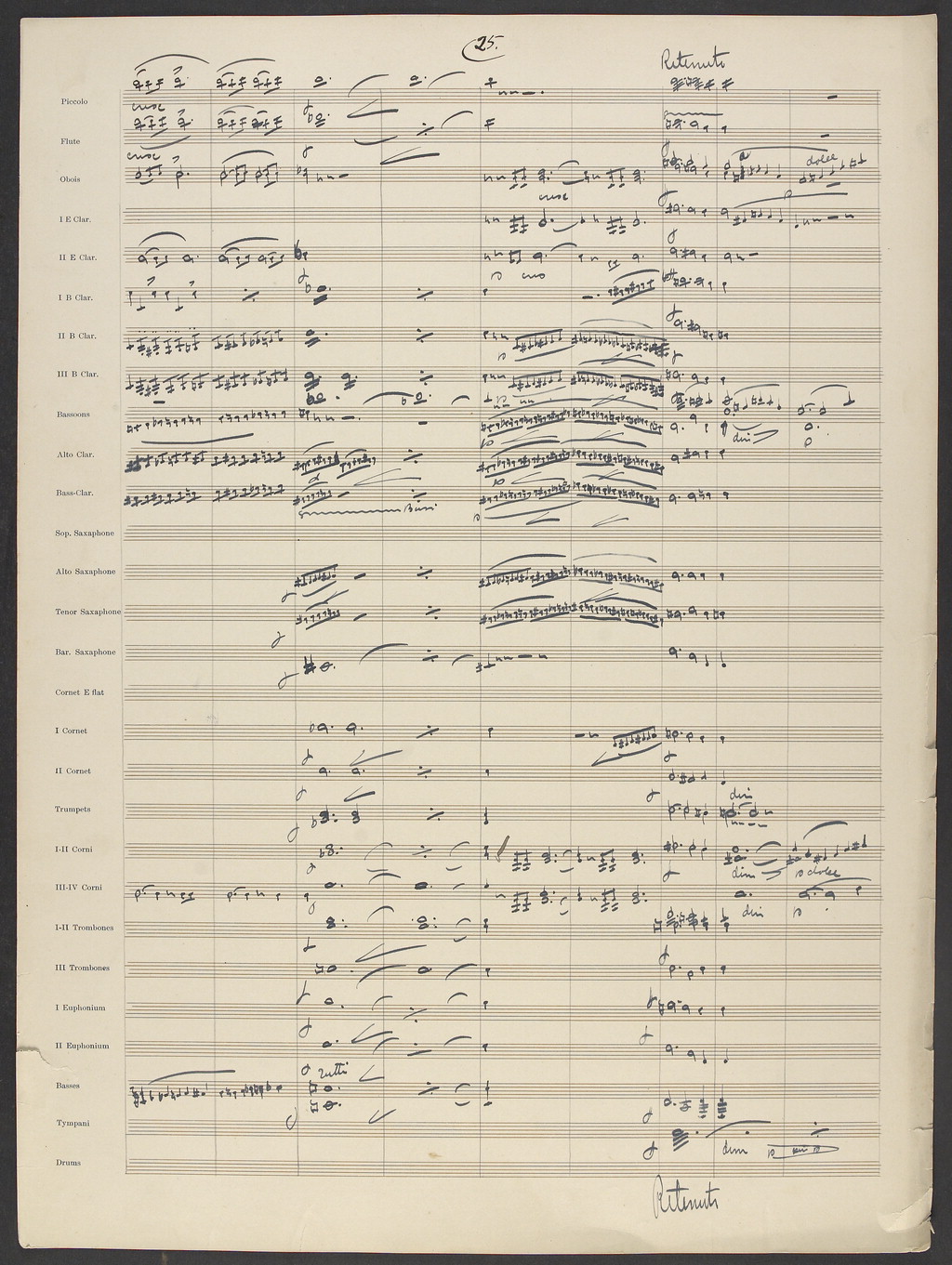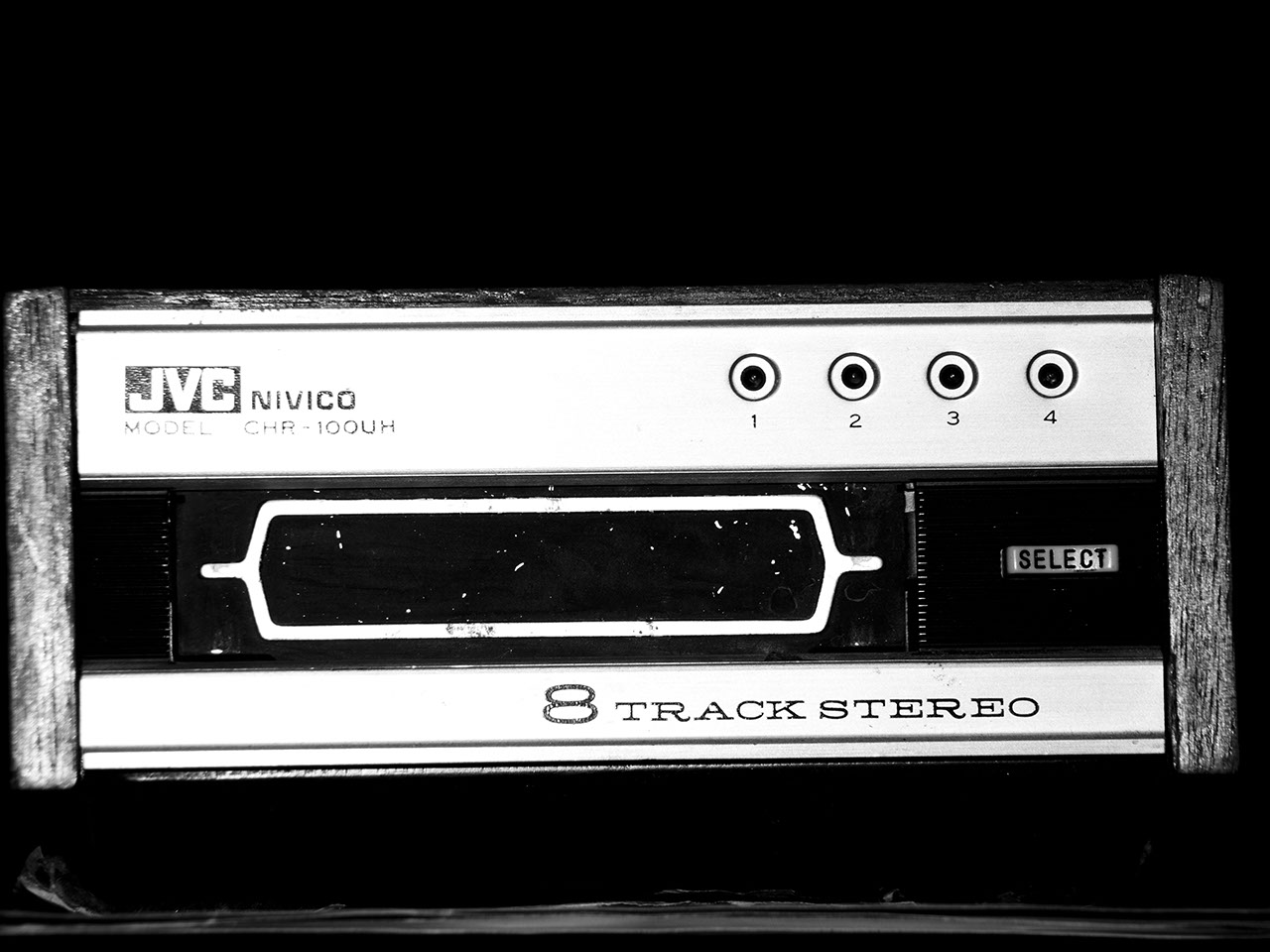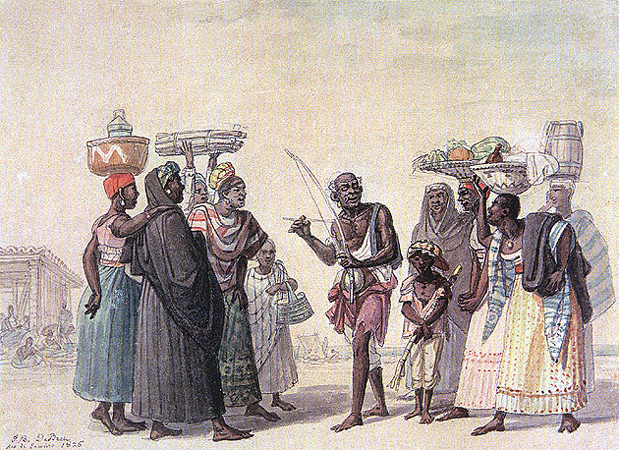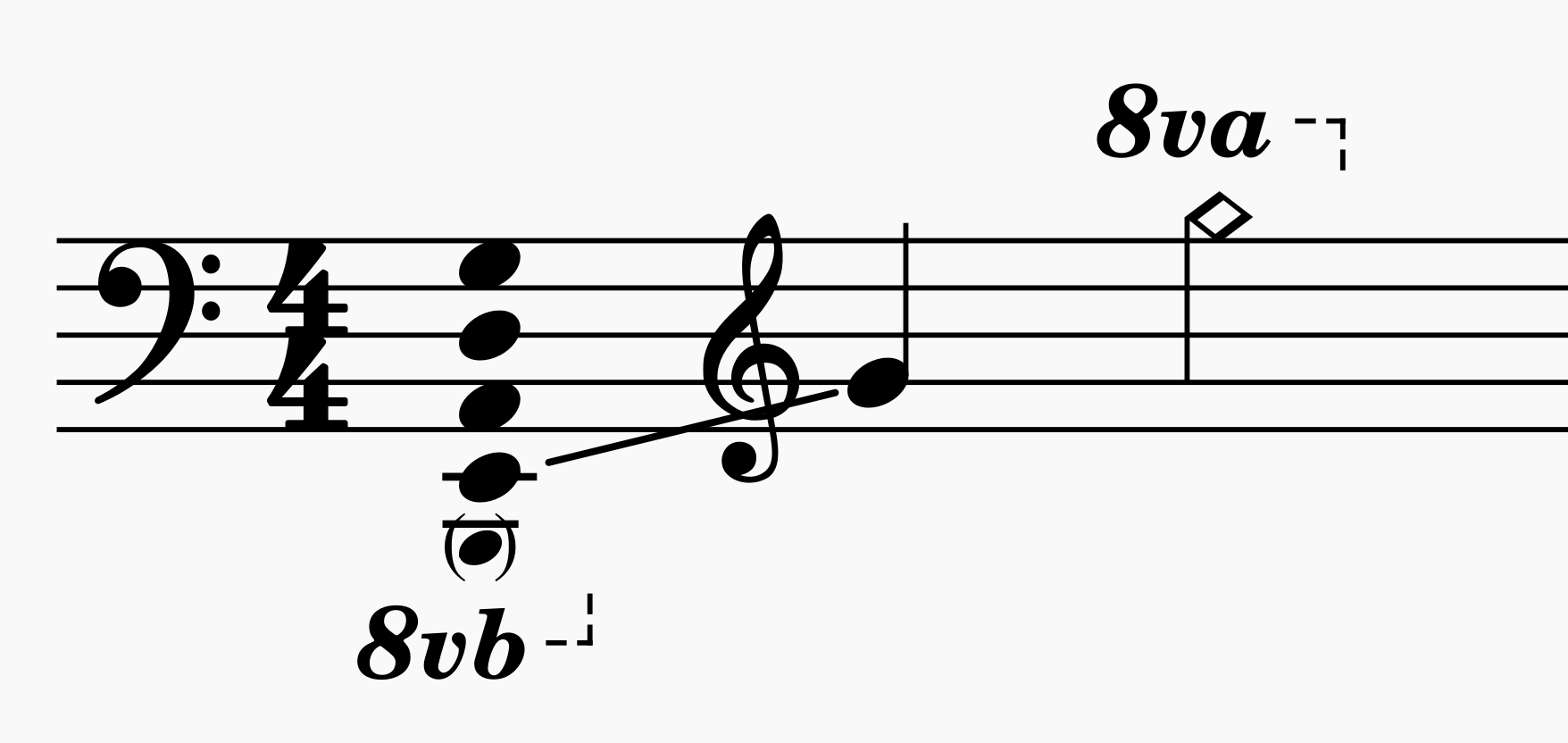|
El Pampero
''El Pampero'' is a live album by Argentinian jazz composer and saxophonist Gato Barbieri featuring performances recorded at the Montreux Jazz Festival in 1971 and first released on the Flying Dutchman Records, Flying Dutchman label. accessed February 8, 2016 Reception The Allmusic site awarded the album 4 stars stating "Gato Barbieri leads his fantastic group of musical friends with hurricane-like flair on his tenor sax. At times surreal and mind-boggling, Barbieri shows just how far one can let the music go to break the borders of jazz, sending his music into fresh and uncharted territory".Track listing # "El Pampero" - 13:44 # "Mi Buenos Aires querido (tango), Mi Buenos Aires Querido" (Carlos Gardel, Alfredo Le Pera) - 6:21 # ...[...More Info...] [...Related Items...] OR: [Wikipedia] [Google] [Baidu] |
Gato Barbieri
Leandro "Gato" Barbieri (November 28, 1932 – April 2, 2016) was an Argentine jazz tenor saxophonist who rose to fame during the free jazz movement in the 1960s and is known for his Latin jazz recordings of the 1970s. His nickname, Gato, is Spanish for "cat". Biography Born to a family of musicians, Barbieri began playing music after hearing Charlie Parker's "Now's the Time". He played the clarinet and later the alto saxophone while performing with Argentine pianist Lalo Schifrin in the late 1950s. By the early 1960s, while playing in Rome, he also worked with the trumpeter Don Cherry. By now influenced by John Coltrane's late recordings, as well as those from other free jazz saxophonists such as Albert Ayler and Pharoah Sanders, he began to develop the warm and gritty tone with which he is associated. In the late 1960s, he was fusing music from South America into his playing and contributed to multi-artist projects like Charlie Haden's ''Liberation Music Orchestra'' an ... [...More Info...] [...Related Items...] OR: [Wikipedia] [Google] [Baidu] |
Arrangement
In music, an arrangement is a musical adaptation of an existing composition. Differences from the original composition may include reharmonization, melodic paraphrasing, orchestration, or formal development. Arranging differs from orchestration in that the latter process is limited to the assignment of notes to instruments for performance by an orchestra, concert band, or other musical ensemble. Arranging "involves adding compositional techniques, such as new thematic material for introductions, transitions, or modulations, and endings. Arranging is the art of giving an existing melody musical variety".(Corozine 2002, p. 3) In jazz, a memorized (unwritten) arrangement of a new or pre-existing composition is known as a ''head arrangement''. Classical music Arrangement and transcriptions of classical and serious music go back to the early history of this genre. Eighteenth century J.S. Bach frequently made arrangements of his own and other composers' pieces ... [...More Info...] [...Related Items...] OR: [Wikipedia] [Google] [Baidu] |
Albums Produced By Bob Thiele
An album is a collection of audio recordings issued on compact disc (CD), vinyl, audio tape, or another medium such as digital distribution. Albums of recorded sound were developed in the early 20th century as individual 78 rpm records collected in a bound book resembling a photograph album; this format evolved after 1948 into single vinyl long-playing (LP) records played at rpm. The album was the dominant form of recorded music expression and consumption from the mid-1960s to the early 21st century, a period known as the album era. Vinyl LPs are still issued, though album sales in the 21st-century have mostly focused on CD and MP3 formats. The 8-track tape was the first tape format widely used alongside vinyl from 1965 until being phased out by 1983 and was gradually supplanted by the cassette tape during the 1970s and early 1980s; the popularity of the cassette reached its peak during the late 1980s, sharply declined during the 1990s and had largely disappeared ... [...More Info...] [...Related Items...] OR: [Wikipedia] [Google] [Baidu] |
1971 Live Albums
* The year 1971 had three partial solar eclipses (February 25, July 22 and August 20) and two total lunar eclipses (February 10, and August 6). The world population increased by 2.1% this year, the highest increase in history. Events January * January 2 – 66 people are killed and over 200 injured during a crush in Glasgow, Scotland. * January 5 – The first ever One Day International cricket match is played between Australia and England at the Melbourne Cricket Ground. * January 8 – Tupamaros kidnap Geoffrey Jackson, British ambassador to Uruguay, in Montevideo, keeping him captive until September. * January 9 – Uruguayan president Jorge Pacheco Areco demands emergency powers for 90 days due to kidnappings, and receives them the next day. * January 12 – The landmark United States television sitcom ''All in the Family'', starring Carroll O'Connor as Archie Bunker, debuts on CBS. * January 14 – Seventy Brazilian political prisoners are r ... [...More Info...] [...Related Items...] OR: [Wikipedia] [Google] [Baidu] |
Percussion
A percussion instrument is a musical instrument that is sounded by being struck or scraped by a beater including attached or enclosed beaters or rattles struck, scraped or rubbed by hand or struck against another similar instrument. Excluding zoomusicological instruments and the human voice, the percussion family is believed to include the oldest musical instruments.'' The Oxford Companion to Music'', 10th edition, p.775, In spite of being a very common term to designate instruments, and to relate them to their players, the percussionists, percussion is not a systematic classificatory category of instruments, as described by the scientific field of organology. It is shown below that percussion instruments may belong to the organological classes of ideophone, membranophone, aerophone and cordophone. The percussion section of an orchestra most commonly contains instruments such as the timpani, snare drum, bass drum, tambourine, belonging to the membranophones, ... [...More Info...] [...Related Items...] OR: [Wikipedia] [Google] [Baidu] |
Berimbau
The berimbau () is a single-string percussion instrument, a musical bow, originally from Africa, that is now commonly used in Brazil. The berimbau would eventually be incorporated into the practice of the Afro-Brazilian martial art '' capoeira'', the berimbau leads the capoeiristas movement in the ''roda''—the faster the berimbau is playing the faster the capoeirista moves in the game. The instrument is known for being the subject matter of a popular song by Brazilian guitarist Baden Powell, with lyrics by Vinicius de Moraes. The instrument is also a part of Candomblé-de-caboclo tradition. History The berimbau's origins have not been fully researched, though it is most likely an adaptation of African gourde musical bows, as no Indigenous Brazilian or European people use musical bows. The way the ''berimbau'' and the ''m'bulumbumba'' of southwest Angola are made and played are very similar, as well as the tuning and basic patterns performed on these instruments. ... [...More Info...] [...Related Items...] OR: [Wikipedia] [Google] [Baidu] |
Naná Vasconcelos
Juvenal de Holanda Vasconcelos, known as Naná Vasconcelos (2 August 1944 – 9 March 2016), was a Brazilian percussionist, vocalist and berimbau player, notable for his work as a solo artist on over two dozen albums, and as a backing musician with Pat Metheny, Don Cherry, Björk, Jan Garbarek, Egberto Gismonti, Gato Barbieri, and Milton Nascimento. Biography Vasconcelos was born in Recife, Brazil. Beginning from 1967 he joined many artists' works as a percussionist. Among his many collaborations, he contributed to four Jon Hassell albums from 1976 to 1980 (including '' Possible Musics'' by Brian Eno and Hassell), and later to several Pat Metheny Group works and Jan Garbarek concerts from early 1980s to early 1990s. In 1984 he appeared on the Pierre Favre album ''Singing Drums'' along with Paul Motian. He also appears on Arild Andersen's album ''If You Look Far Enough'' with Ralph Towner. He formed a group named Codona with Don Cherry and Collin Walcott, which released three ... [...More Info...] [...Related Items...] OR: [Wikipedia] [Google] [Baidu] |
Congas
The conga, also known as tumbadora, is a tall, narrow, single-headed drum from Cuba. Congas are staved like barrels and classified into three types: quinto (lead drum, highest), tres dos or tres golpes (middle), and tumba or salidor (lowest). Congas were originally used in Afro-Cuban music genres such as conga (hence their name) and rumba, where each drummer would play a single drum. Following numerous innovations in conga drumming and construction during the mid-20th century, as well as its internationalization, it became increasingly common for drummers to play two or three drums. Congas have become a popular instrument in many forms of Latin music such as son (when played by conjuntos), descarga, Afro-Cuban jazz, salsa, songo, merengue and Latin rock. Although the exact origins of the conga drum are unknown, researchers agree that it was developed by Cuban people of African descent during the late 19th century or early 20th century. Its direct ancestors are thought ... [...More Info...] [...Related Items...] OR: [Wikipedia] [Google] [Baidu] |
Drum Kit
A drum kit (also called a drum set, trap set, or simply drums) is a collection of drums, cymbals, and other auxiliary percussion instruments set up to be played by one person. The player (drummer) typically holds a pair of matching drumsticks, one in each hand, and uses their feet to operate a foot-controlled hi-hat and bass drum pedal. A standard kit may contain: * A snare drum, mounted on a stand * A bass drum, played with a beater moved by a foot-operated pedal * One or more tom-toms, including rack toms and/or floor toms * One or more cymbals, including a ride cymbal and crash cymbal * Hi-hat cymbals, a pair of cymbals that can be manipulated by a foot-operated pedal The drum kit is a part of the standard rhythm section and is used in many types of popular and traditional music styles, ranging from rock and pop to blues and jazz. __TOC__ History Early development Before the development of the drum set, drums and cymbals used in military and orchestral mu ... [...More Info...] [...Related Items...] OR: [Wikipedia] [Google] [Baidu] |
Bernard Purdie
Bernard Lee "Pretty" Purdie (born June 11, 1939) is an American drummer, and an influential R&B, soul and funk musician. He is known for his precise musical time keeping and his signature use of triplets against a half-time backbeat: the "Purdie Shuffle." He was inducted into the '' Modern Drummer'' Hall of Fame in 2013. Purdie recorded '' Soul Drums'' (1968) as a band leader and although he went on to record ''Alexander's Ragtime Band'', the album remained unreleased until ''Soul Drums'' was reissued on CD in 2009 with the ''Alexander's Ragtime Band'' sessions. Other solo albums include '' Purdie Good!'' (1971), '' Soul Is... Pretty Purdie'' (1972) and the soundtrack for the blaxploitation film ''Lialeh'' (1973). In the mid-1990s he was a member of The 3B's, with Bross Townsend and Bob Cunningham. Biography Purdie was born on June 11, 1939 in Elkton, Maryland, US, the eleventh of fifteen children. At an early age he began hitting cans with sticks and learned the elements o ... [...More Info...] [...Related Items...] OR: [Wikipedia] [Google] [Baidu] |
Electric Bass
The bass guitar, electric bass or simply bass (), is the lowest-pitched member of the string family. It is a plucked string instrument similar in appearance and construction to an electric or an acoustic guitar, but with a longer neck and scale length, and typically four to six strings or courses. Since the mid-1950s, the bass guitar has largely replaced the double bass in popular music. The four-string bass is usually tuned the same as the double bass, which corresponds to pitches one octave lower than the four lowest-pitched strings of a guitar (typically E, A, D, and G). It is played primarily with the fingers or thumb, or with a pick. To be heard at normal performance volumes, electric basses require external amplification. Terminology According to the ''New Grove Dictionary of Music and Musicians'', an "Electric bass guitar sa Guitar, usually with four heavy strings tuned E1'–A1'–D2–G2." It also defines ''bass'' as "Bass (iv). A contraction of Double bass ... [...More Info...] [...Related Items...] OR: [Wikipedia] [Google] [Baidu] |
Chuck Rainey
Charles Walter Rainey III (born June 17, 1940) is an American bass guitarist who has performed and recorded with many well-known acts, including Aretha Franklin, Steely Dan, and Quincy Jones. Rainey is credited for playing bass on more than 1,000 albums, and is one of the most recorded bass players in the history of recorded music. Early life Rainey was born in Cleveland, Ohio on June 17, 1940, and grew up in Youngstown. His parents were both amateur pianists. He learned piano, violin, and trumpet as a child and majored in brass instruments in college. He attended Lane College in Jackson, Tennessee. Rainey began playing bass guitar in the military. Career After leaving the military, Rainey joined a local band. His first big professional gig was playing with Big Jay McNeely. He then joined up with Sil Austin to tour Canada and New York. In 1962, Rainey joined King Curtis and his All-Star band; in 1965, they opened for The Beatles' 1965 US tour. He joined Quincy Jones's b ... [...More Info...] [...Related Items...] OR: [Wikipedia] [Google] [Baidu] |








